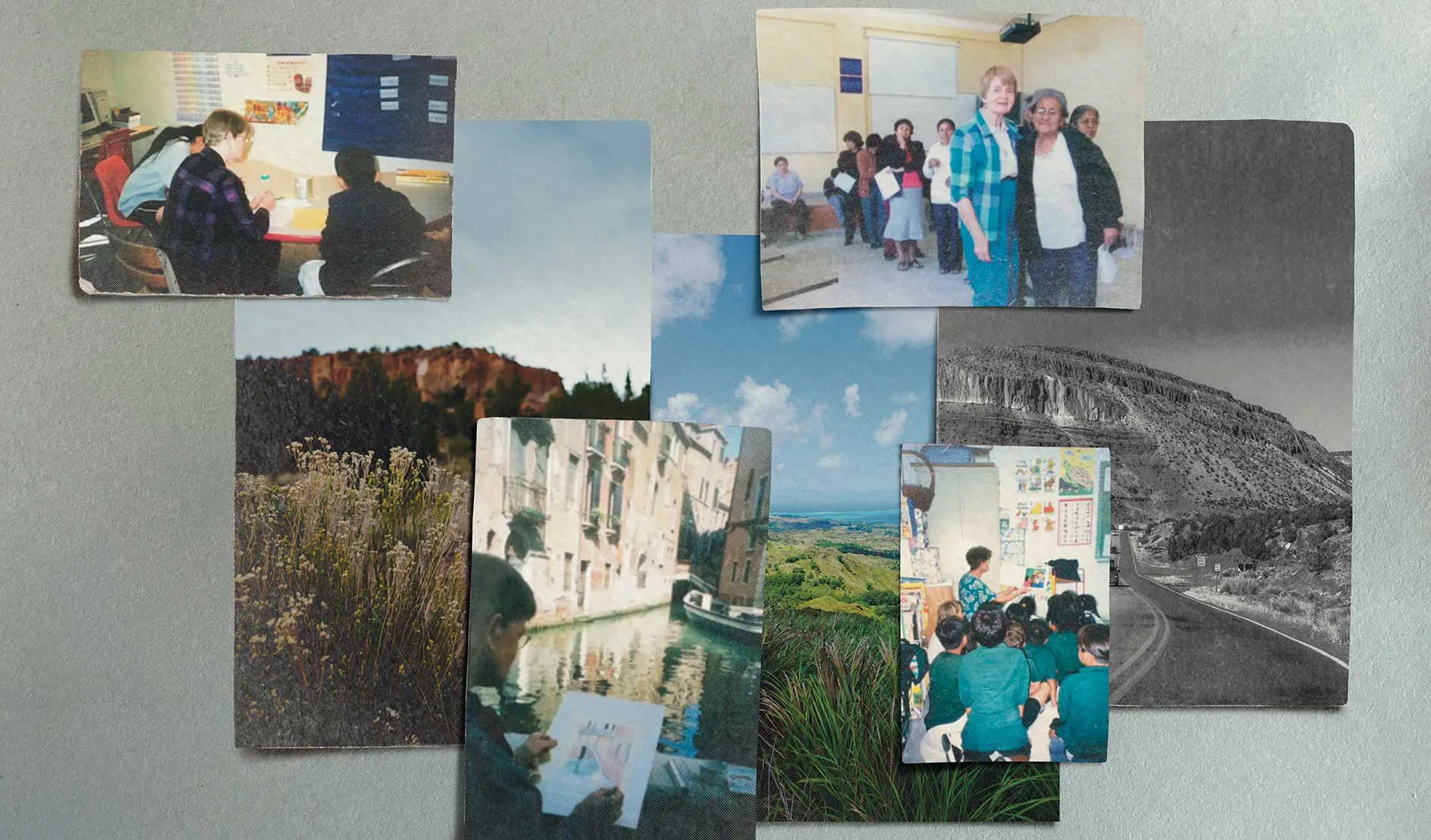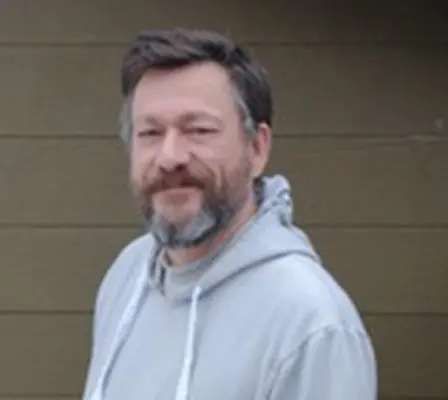“My retirement was greatly redefined two months after I retired from teaching French as a second language in June 1996.
“I really wondered what I was going to do in September since I wouldn’t be going back to school.
“My husband, Horace, and I started planning to work on projects together for the poor like we had done in the Philippines for six weeks in 1985 — something in agriculture, which was his field, and I would be his assistant.
“That summer, we decided to go to the Netherlands, where I was born, and then spend some time in France. We left on August 25, spent two nights in the Netherlands and four in France. On September 2 — it happened to be Labour Day that year — my husband died suddenly of a heart attack. He was 69. I was 63.
“The grief — it knocked the wind right out of my sails. Without my soulmate, who was I? What was I going to do now? What could I volunteer at?
“They always need volunteers somewhere. I started to wonder if I could combine my passion for art, French and travelling with my love of children and my love of God. Somehow, I got through that period — and my art, volunteering and travel really helped.
“Three years later, I went to Guam with the Christian Reformed Church for three months to help in a school there, working with children with special needs and teaching art. We also did Sunday evening services in a women’s prison — that was difficult, seeing people in prison. One prisoner looked exactly like an aunt of mine. It was a very odd experience to be reminded of her there.
“The following year, I went to a school for Navajo students in Rehoboth, New Mexico. For three winters, I helped teach in different classrooms, helped in the library, and I tutored.
“Since 2000, I have volunteered with Rayjon, a local group that helps people with one-week eye-care clinics. The group collects glasses here, and then matches them to people in Haiti and other countries in Central America. I could use my French there. Volunteers like me receive training to do near-vision tests and help out in many other ways, such as crowd control.

“I was also able, on four separate trips, to be part of two-week eye-care clinics with Medical Ministries International in some South American countries, where the Spanish I had learned in the meantime came in very handy. I helped alongside ophthalmologists, optometrists, nurses and other volunteers — a large group of some 80 people.
“In 2013, someone accidently bumped into me and I fell and broke my hip. I had already had two knee replacements. While in Peru, just seven months after the hip replacement, I found it very challenging to get on and off buses as the steps were so high. I was really afraid of displacing my new hip. It was hard for me to accept that this was going to be my last volunteer trip with an eye-care clinic.
“In Spanish-speaking countries, I discovered that people have a lot of trouble with my name, Janice. They’re not sure how to pronounce it, as it looks like three syllables in Spanish. So I become Juanita when I’m there. It’s much easier for everyone!
“I had thought my husband and I would do all of this together — volunteering, travelling and painting. But that’s not the way it turned out.
“The grief — it knocked the wind right out of my sails. Without my soulmate, who was I? What was I going to do now? What could I volunteer at?”
“I had been painting for years, water colour landscapes mostly. I’m not a natural, talented artist — I had to learn to see. I wish I could say you’ll see my work in the Art Gallery of Ontario, but I don’t think so! It’s a wonderful, therapeutic hobby.
“In the early 2000s, I started an art appreciation group with fellow members of the Sarnia Artists’ Workshop. We’d have a planned potluck one Saturday evening a month, at my house. As many as 10 of us would have dinner, go to the rec room to watch a documentary on an artist and then talk about the artist over dessert.
“The group was a lot of fun, but it petered out after about 10 years. In 2004, I joined another group, the Circle of Artists. We met every Thursday afternoon at a local United Church to paint for an hour or so. In the summer, we painted on location — often in a park — and those were very popular outings.
“March 12, 2020, was our last meeting before COVID hit. I’m the group’s secretary and treasurer, so I decided to send the group emails so everyone would still be connected — and our newsletter was born.
“In the first year, I wrote the newsletter once a week. I love doing it, but it’s a lot of work, so the next year, I decided to do it twice a month, and then in the summer, once a month. At first, I thought I’d only need to do a few, but right now I’m writing number 60!
“We have not been able to paint together inside since the lockdown in March 2020. The newsletter helps us feel like we still belong to this group. It’s a way of keeping us together.
“I have travelled on four art trips to Italy. They’re my favourite trips because I could combine art with seeing another country.
“I often study the country’s language before I go. I took high school Spanish before volunteering in South America. Before I went to Greece and Italy, I studied those languages. I studied Hawaiian for three months before a trip there.
“Hawaiian was a very difficult language for me; it’s so different from anything else I’d learned. In fact, I didn’t tell anybody on the trip I’d studied it, in case they expected me to say something in Hawaiian — or worse, translate!
“Studying new languages is a good challenge. I’m reading Renaissance in French now to keep my skills up. Even though I couldn’t pick up much Hawaiian, and even if I forget the Greek and Italian, I do it because I believe it’s good for my brain. And, yes, it probably is.”










